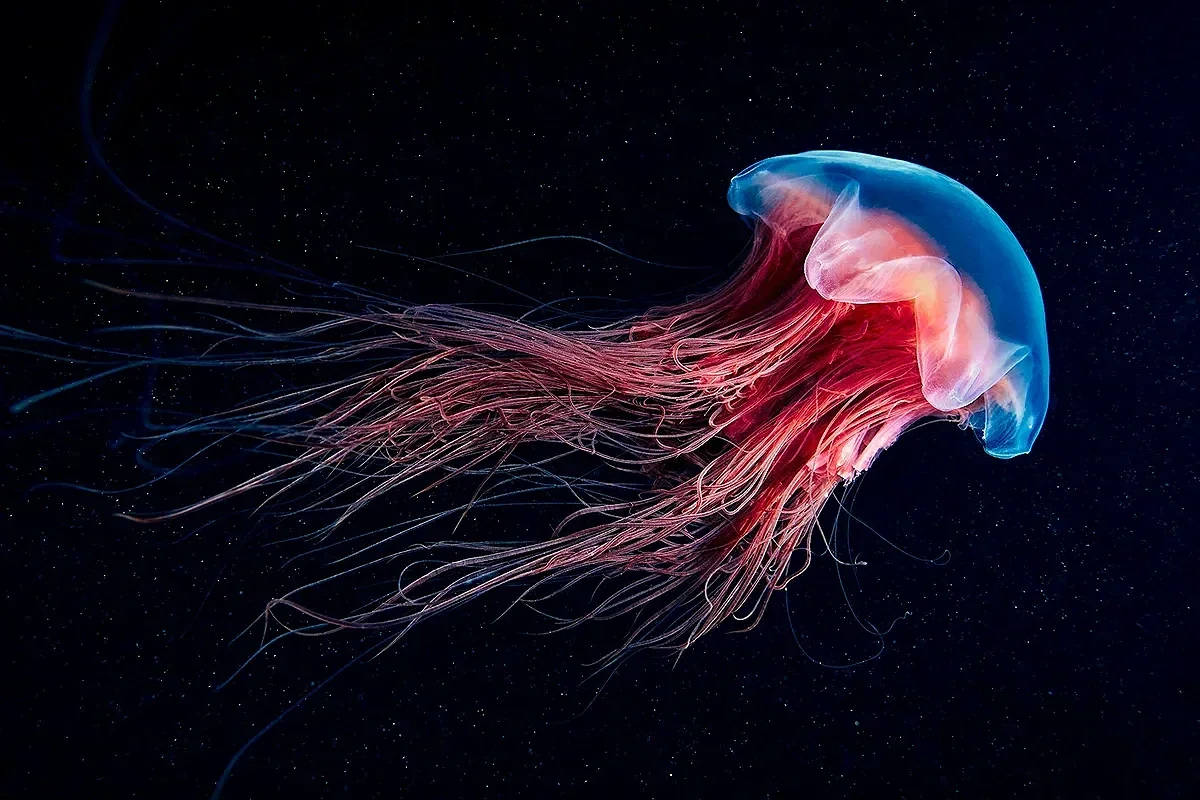
Deep Sea Creatures Observed in Deeper Depths
In the past years marine scientists have documented an unusual trend: deep sea organisms are being documented at higher depths in the ocean. Animals that were once restricted to the dark abyss of the ocean depth are now appearing in shallower waters, sometimes hundreds of meters higher than their original ranges. This upward migration of deep sea creatures raises questions about the health of our ocean.
The primary reason for this migration appears to be that of climate change. The planet warms up as much of this excess heat is absorbed by the ocean. More warm waters at the sea surface trickle down over a period of years and alter the fragile thermal layers upon which many species depend. Sea creatures that had evolved in colder waters might migrate in pursuit of more suitable temperatures. In one example, scientists found deep-sea jellyfish and lanternfish where they had once been seen very rarely.
This transition is more than a scientific interest; it has severe ecological impacts. By ascending up into the upper zones, deep-sea species encounter predators and competitors they were not designed to interact with. Similarly, species that inhabit on the surface or in mid-level zones encounter new competitors as food chains that had been held in place for centuries become disrupted. Even more foreboding, the presence of deep-sea species in upper zones might itself be a sign that global change is inducing even the deepest depths on our planet are starting to destabilize.
Scientists have been closely monitoring these shifts with submersibles, which include sonar cameras that take pictures by recording sound waves off the sea floor as well as remote controlled boats. Even though much is unknown in our ocean's deepest depths, we do know that environmental changes are affecting sea creatures, causing them to swim further into previously uncharted territories, which many scientists are trying to understand.



